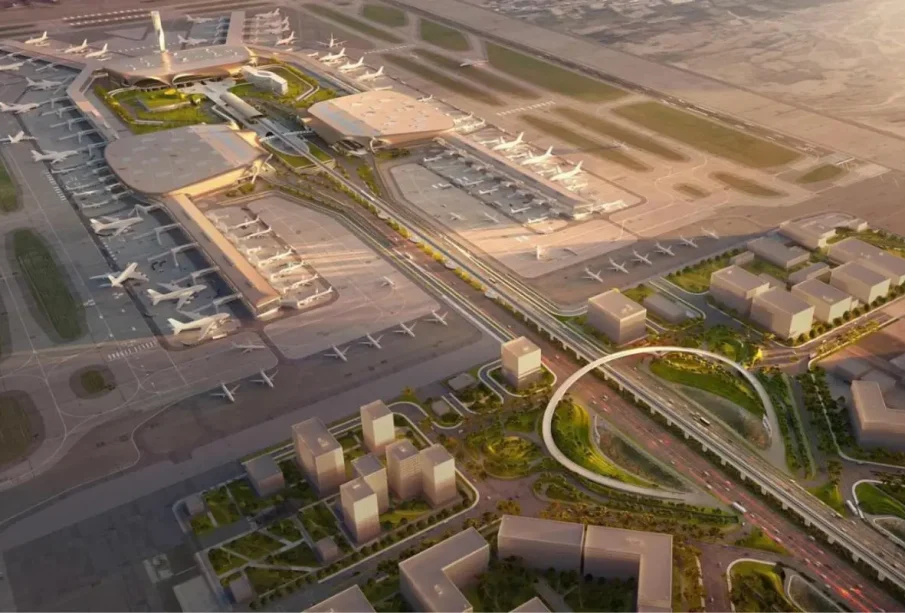Navi Mumbai International Airport: A Game Changer for Travel

Introduction to Navi Mumbai International Airport
Navi Mumbai International Airport (NMIA) represents a significant milestone in the development of India’s aviation sector. Scheduled to become operational in the near future, this airport is expected to alleviate the pressures on the existing Chhatrapati Shivaji Maharaj International Airport in Mumbai and improve connectivity for millions of passengers. Given the rapid urbanization and growth in air traffic, the establishment of NMIA is of utmost importance, promising major economic and infrastructural advancements.
Details and Developments
The NMIA project, developed by the Navi Mumbai International Airport Private Limited (NMIAL), is located in Ulwe, about 35 km from downtown Mumbai. The airport is set to offer a state-of-the-art facility with the capacity to handle 60 million passengers annually upon its completion. The construction is being carried out in phases, with the first phase expected to be completed by 2024. The design incorporates modern safety standards and advanced technology, catering to both domestic and international travelers.
Recently, several landmarks have been achieved in the construction process, including the completion of important land acquisition processes and the installation of crucial infrastructure like roads and connectivity systems. The state-of-the-art cargo terminal is also under development, which will enhance trade and logistics services in the region.
Economic Impact and Future Prospects
The Navi Mumbai International Airport is projected to generate thousands of direct and indirect jobs during the construction and operational phases. With the potential to boost local businesses and increase tourism, NMIA is deemed a catalyst for economic growth in the Navi Mumbai region and beyond. Furthermore, improved air connectivity is likely to attract foreign investment, bolstering the overall economy of the state of Maharashtra.
Additionally, as the airport aims to connect various domestic cities as well as international destinations, it serves to make flying more accessible for residents of Navi Mumbai and surrounding areas, positioning it as a competitive alternative to existing airports in the region.
Conclusion
The Navi Mumbai International Airport is not just a revolutionary travel hub; it symbolizes the aspirations of a rapidly developing India. As we look ahead, the successful completion and operation of this airport could significantly reshape travel and commerce, thus reflecting the nation’s progress on the global stage. Stakeholders remain optimistic about the benefits that NMIA will bring, marking a new era in the aviation landscape of the country.









